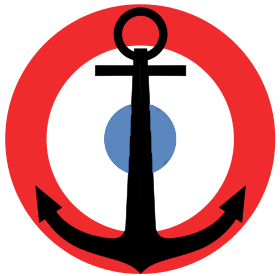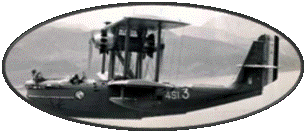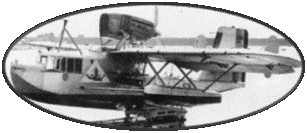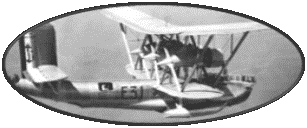History
of the Ship
In 1924, a naval program
launched the construction of two heavy cruisers of which the "Duquesne"
was the first. The cruiser "Tourville" will follow. This
program responded to the "Washington" treaty which limited
the mass of warships to 10,000 tons.
The heavy cruiser "Tourville"
was launched on August 24, 1926. During its tests, in March 1928,
it would reach 36 knots for 3 hours. His equipment is finalized
in Brest, and the new Cruiser leaves for an inaugural voyage from
April 1929 to January 1930. His long journey will take him to the
United States where he deposits the body of the United States Ambassador
to France, who died in Paris; It then takes the Panama Canal to
reach the Pacific Ocean and runs along the coasts of South America,
towards Peru and Chile before arriving in Australia. It then joins
the Mediterranean via the Suez Canal and finally returns to Brest
The Cruiser Tourville, attached
to the 1st Light Division from its entry into service, will not
join its squadron, based in Toulon, until after its voyage around
the world.
It was refitted from 1933
to 1934. Its anti-aircraft defense was notably strengthened and
modernized there. While he is transferred to the 3rd Light Division,
his catapult is dismantled to equip a School ship ... The heavy
cruiser will again receive a Catapult, with a Loire 130 in January
1939, at the Toulon shipyards.
When the conflict is declared,
the ship, assigned to the 2nd Cruiser Division (Ex 3rd Light Division)
is based in Toulon. He will participate in the pursuit of enemy
ships in the Mediterranean. From January 20 to February 7, 1940,
the "Tourville" transported from Toulon to Beirut a stock
of Gold from the bank of France to shelter it. Assigned then to
Force X, based in Alexandria, it will be disarmed and blocked, according
to the conditions of the Armisitice in the port of Alexandria, in
June 1940, in company of the Cruiser "Duquesne". She remained
at anchor in this port until 1943.
On August 18, 1943, the two
Cruisers, finally released, joined Dakar to undergo heavy modernization
work. Aviation equipment, Catapult and seaplane, were deposited
in April 1944, as well as the torpedo tubes. The Cruiser Tourville
placed in reserve at Bizerte, will join Toulon for works from December
1, 1944 to November 17, 1945. The silhouette is modified following
the removal of the rear mast to allow strengthening of its Air Defense
and the ship receives Radar equipment.
Le Tourville sets off on
a mission to Indochina and arrives on January 16, 1946 in Saigon,
joined on January 26 by the Cruiser "Duquesne". He participated
in the support of the Land Forces before returning to Toulon, on
July 27, 1946 The Ship set out again for a 2nd mission in Asia from
October 8, 1946 to November 15, 1947. He will return to Toulon on
December 11, 1947, before continuing on Brest where he arrived on
December 23, 1947. He was then withdrawn from active service.
Placed in reserve on January
1, 1948, it will be used as floating barracks for the fleets of
the 2nd maritime region. On April 28, 1961, the Cruiser Tourville
was removed from the list of the Buildings of the Fleet and was
placed in pre-conviction reserve on March 8, 1962. Purchased by
the Brégaillon shipyard, it was towed from Brest to La Ciotat
in February 1963 when it will be demolished












